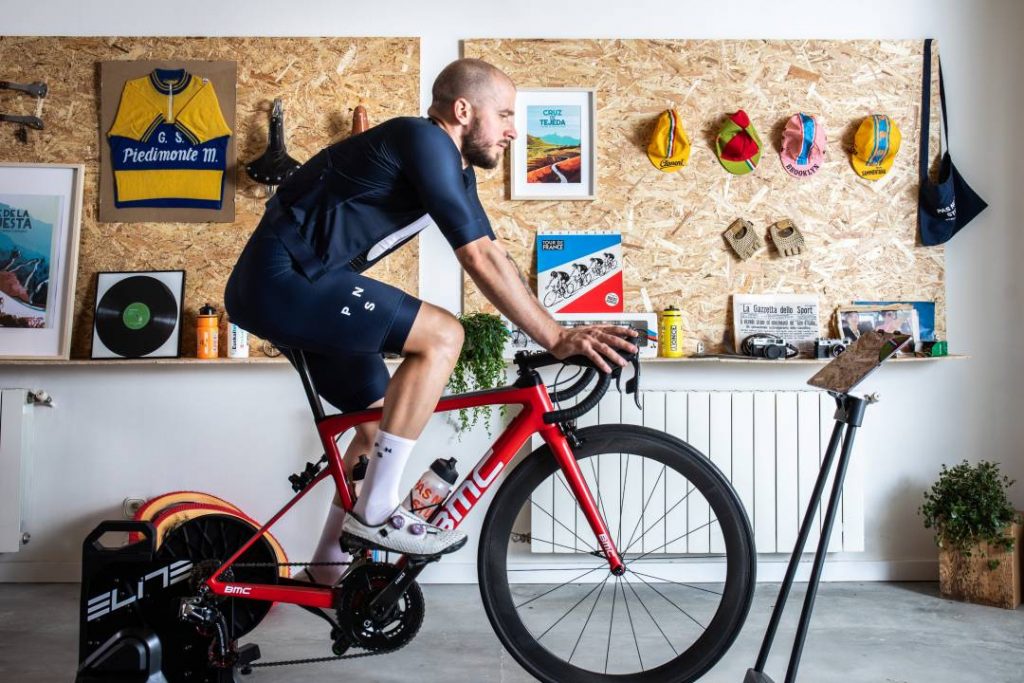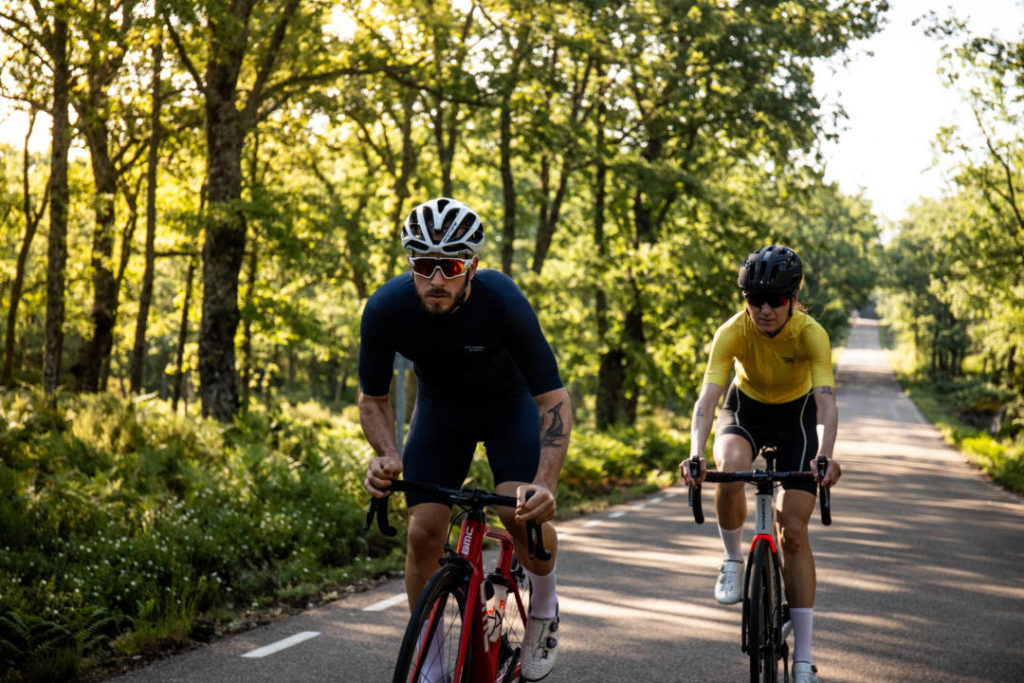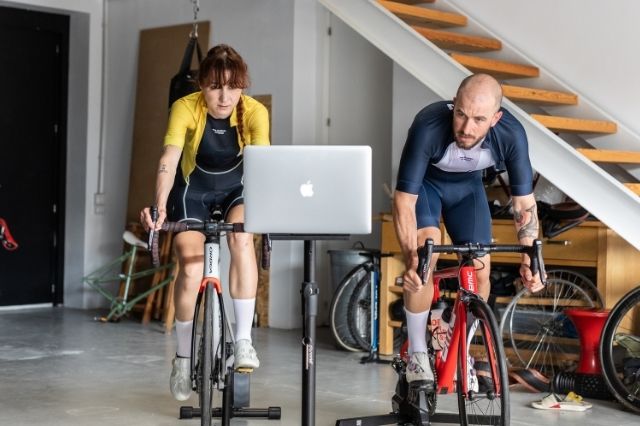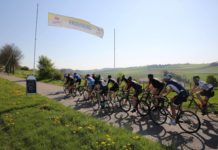Physical training is a fundamental part of any athlete, and in the case of cycling, it is essential to improve performance and achieve desired goals. In this article, we will explore the importance of maintaining a balance between aerobic and anaerobic training, and how this can benefit your overall cycling performance.
Fundamentals of aerobic training
Aerobic training is based on low to moderate intensity activities that involve a constant supply of oxygen to the body.
This type of training includes activities such as endurance cycling, cardio zone training, long-distance running or swimming. Aerobic training improves cardiovascular endurance, strengthens the heart and lungs, and helps burn fat effectively.
Fundamentals of anaerobic training
Anaerobic training, on the other hand, focuses on high-intensity exercises that are performed in short intervals. These exercises, such as sprints or high-intensity workouts, do not require a constant supply of oxygen and rely on the energy stored in the muscles. Anaerobic training helps develop strength, power and speed, improving the ability to perform intense efforts for a short period of time.

The right balance: 80% aerobic and 20% anaerobic
It is crucial to maintain a proper balance between aerobic and anaerobic training for the best cycling results. It is recommended that approximately 80% of your weekly training time should be spent on aerobic exercise and the remaining 20% on anaerobic training.
To calculate the appropriate percentage, it is important to consider your personal goals, fitness level and cycling experience. If you are a beginner cyclist, you may want to start with a more balanced approach and gradually adjust the ratio as you progress in your training.
Tips on maintaining balance and optimising performance
In addition to following the right ratio of aerobic to anaerobic training, here are some additional tips to maintain balance and optimise your performance:
- Varying activities: Incorporate different types of aerobic and anaerobic training to maintain motivation and avoid plateauing.
- Incorporate high-intensity sessions: Add regular high-intensity anaerobic training sessions to improve speed and power.
- Adequate rest and recovery: Be sure to include rest days in your training plan to allow your body to recover and repair. Rest is crucial to avoid injury and physical exhaustion.
- Adequate nutrition: Maintain a balanced diet that is adequate for your energy needs. Make sure you get enough nutrients to support your training and promote muscle recovery.
- Monitoring and tracking: Keep a log of your workouts and track your progress. This will allow you to adjust your training plan as needed and assess whether you are maintaining the right balance between aerobic and anaerobic training.
How should you plan your training with this method?
Day 1: Long aerobic training
- Warm-up: Warm up for 10 minutes at a gentle intensity to prepare your muscles.
- Main session: Simulate a moderate endurance route for 90 minutes. At BKOOL you have thousands of options to practice. Maintain a steady cadence and work at an intensity that allows you to carry on a conversation.
- Cool down: Finish the session with 10-15 minutes of gentle cycling.
Day 2: Rest or recovery training
Use this day to rest or perform low-intensity recovery training, such as a gentle walk for 30-45 minutes. The aim is to promote recovery and prepare you for the next few days of training.
Day 3: Anaerobic Intervals
- Warm-up: Do 10-15 minutes of gentle pedalling followed by some stretching.
- Main session: Play a series of short but intense intervals. For example, 5 sets of 4 minutes at very high intensity, followed by 4 minutes of active recovery at low intensity. Repeat this cycle until 5 sets are completed.
- Cool down: Finish the session with 10-15 minutes of gentle pedalling.

Day 4: Aerobic endurance training
- Warm-up: Run for 10 minutes at a gentle intensity to prepare your muscles.
- Main session: Ride a moderate endurance route for 60-75 minutes. First, you should try to maintain a steady cadence and an intensity that allows you to be comfortable and then you can challenge your limits.
- Cool down: Finish the session with 10-15 minutes of gentle cycling.
Day 5: Rest or recovery training
As on day 2, use this day to rest or do some low-intensity sport.
Day 6: Long aerobic training with sprints
- Warm-up: As in the previous sessions, start with 10-15 minutes of gentle pedalling followed by some stretching.
- Main session: Run a moderate endurance route for 90 minutes. Every 10 minutes, do a high-intensity sprint for 20 seconds. Recover between sprints by gently pedalling for 2-3 minutes.
- Cool down: Finish the session with 10-15 minutes of gentle cycling.
Day 7: Full rest
Take the day off to allow your body to fully recover.
Finally, keep in mind the following
The balance between aerobic and anaerobic training is essential for effective cycling training. By spending approximately 80% of your training time on aerobic exercise and 20% on anaerobic training, you can improve your cardiovascular endurance, strength, power and speed, thus optimising your overall cycling performance.
Remember that the balance and ratio may vary according to your personal goals and fitness level. It is always advisable to consult a sports professional or personal trainer for more specific guidance tailored to your individual needs.
Get going and design your weekly training plan. It is important to have a balanced aerobic and anaerobic approach – get ready to reach your cycling goals and enjoy the benefits of optimal fitness!
BKOOL is the most complete cycling simulator on the market – try it FREE for 30 days!









